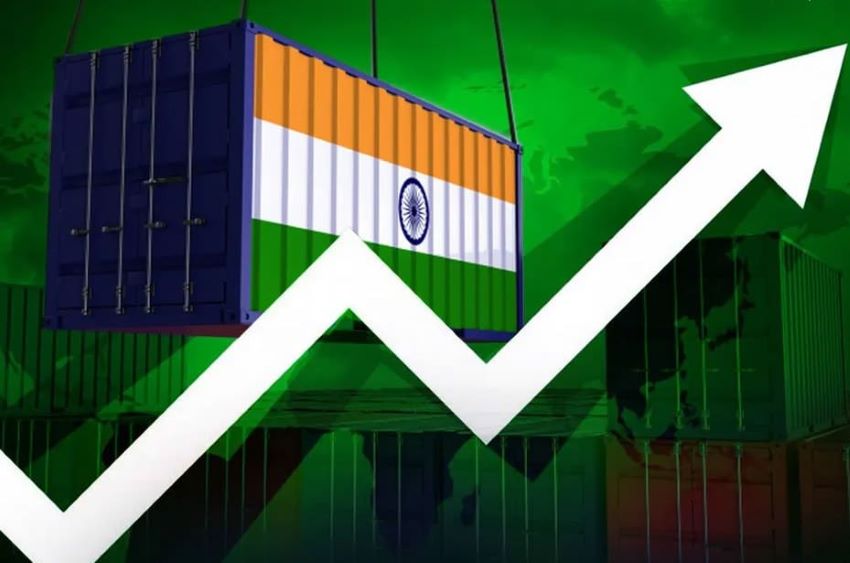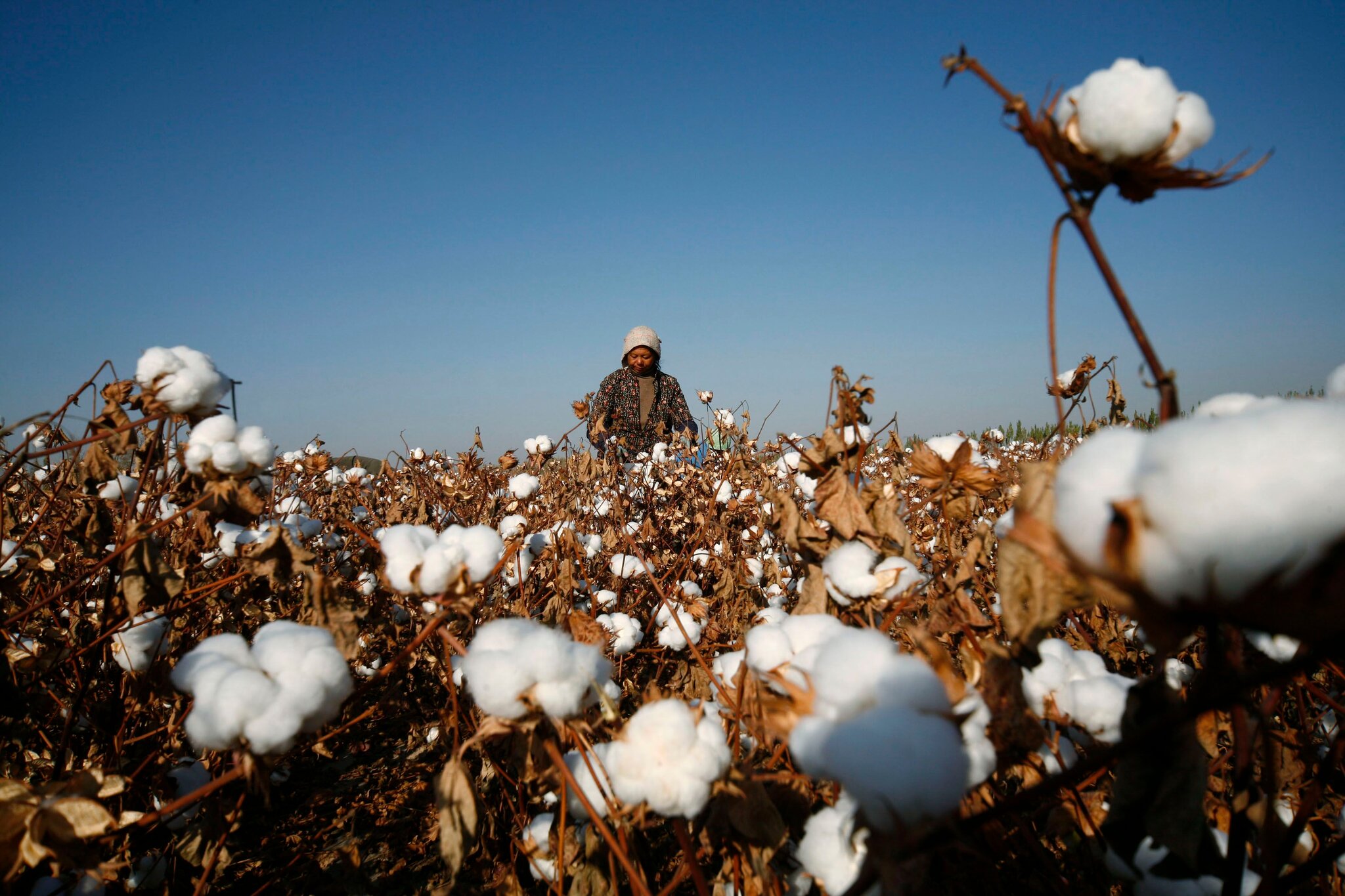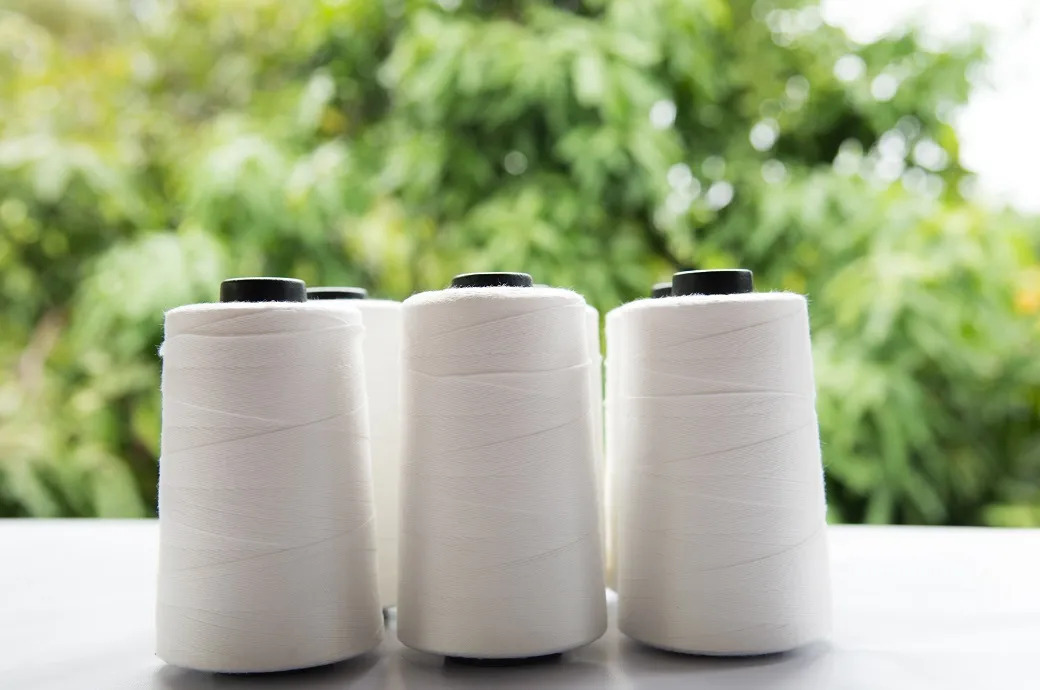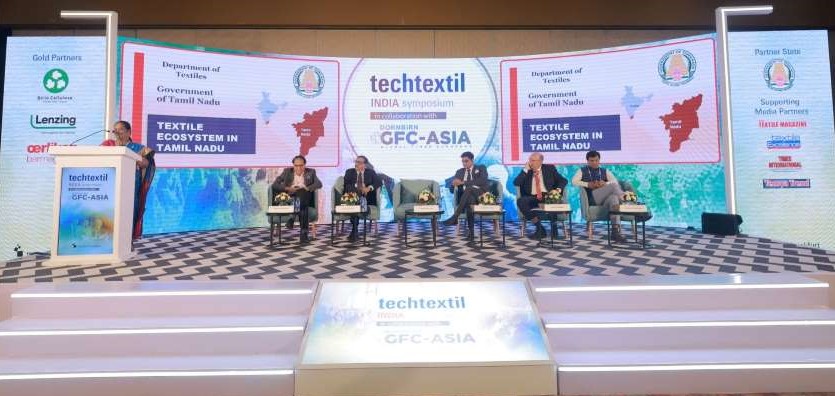
A number of catalysts life global shifts, favorable trade dynamics, and concerted domestic efforts is pushing India's textile and apparel sector towards an era of unprecedented export growth. But can India seize this moment and transform its textile legacy into a global powerhouse?
India's textile industry, a bedrock of its economy, is good growth. And what is boosting growth is its rich heritage and expansive manufacturing capabilities. In fact, India is positioned very well to increase its global textile footprint. Recent data underscores this positive momentum.
Table: India's textile export performance
|
Metric |
Value/Percentage |
Notes |
|
Textiles & Apparel Exports (Apr-Oct FY 2024-25) |
$21.35 billion (7% increase) |
Includes handicrafts; indicates robust growth momentum. |
|
Global Textile & Apparel Export Rank (2023) |
6th |
Demonstrates India's significant global presence. |
|
Global Textile & Apparel Trade Share (2023) |
3.90% |
Highlights India's growing influence in the global market. |
|
Textiles & Apparel Share in India's Total Exports (2023-24) |
8.21% |
Underscores the sector's vital contribution to India's overall export performance. |
|
Global Cotton Yarn Export Rank |
1st |
Reinforces India's dominance in the cotton yarn segment. |
|
Global Cotton Yarn Market Share |
31% |
Solidifies India's position as a leading global supplier. |
|
Global Textile Export Share |
5.5% ($19.73 billion) |
Represents India's strong performance in the broader textile category. |
|
Global Apparel Export Share |
3% ($15.5 billion) |
Indicates significant, though with room to grow, presence in the global apparel market. |
|
Increase in Cotton Imports (2024-25) |
62% + |
Reflects strategic sourcing to compensate for local production fluctuations. |
What led to the rise in exports…
Several converging factors are creating an unprecedented opportunity for India's textile exports. Geopolitical and trade dynamics is an important factor. For example, China's tariff on US cotton has drastically reduced US cotton prices, making it more accessible for Indian manufacturers, enhancing their cost competitiveness. Furthermore, it reduces the competitiveness of Chinese textile exports, opening market share for Indian goods.
US tariffs on Mexico too has given a competitive pricing advantage to Indian textiles in the US market. Meanwhile Bangladesh's political and economic uncertainties are prompting global buyers to diversify sourcing, favoring India as a stable alternative.
Another factor contributing to export growth is the strategic trade agreements. Like the India-Australia FTA that provides preferential access to high-quality Australian cotton, strengthening India's raw material supply. Similarly, the FTAs with EU & UK are expected to significantly boost exports by eliminating tariffs and enhancing market access.
India also has its own domestic strength with abundant raw materials. India's leading position in cotton and other natural fiber production provides a strong foundation. Its vast and skilled workforce gives it a significant advantage in labor-intensive textile manufacturing. Add to it government policies like the Production-linked incentive (PLI) schemes and infrastructure development projects that foster growth.
Product diversification is another plus. Expansion into man-made textiles and technical textiles is broadening India's export portfolio. Reliable cotton supply both from domestic sources and increased cotton imports, and FTA’s with cotton producing nations, ensure a constant supply of raw materials.
Despite the favorable outlook, India's textile industry must address critical challenges. Infrastructure bottlenecks for instance. Improving logistics and infrastructure is essential for efficient export operations. Investing in modern technology and automation too is crucial for enhancing productivity and competitiveness. Maintaining high quality and complying with environmental and social standards is also vital for market access. Navigating potential recessions and fluctuations in global demand is another challenge. Mitigating the impact of disruptions to global supply chains due to geopolitical tensions is important. And along with all this, remaining competitive amidst evolving global trade dynamics, including potential shifts in US cotton export strategies is also vital.












